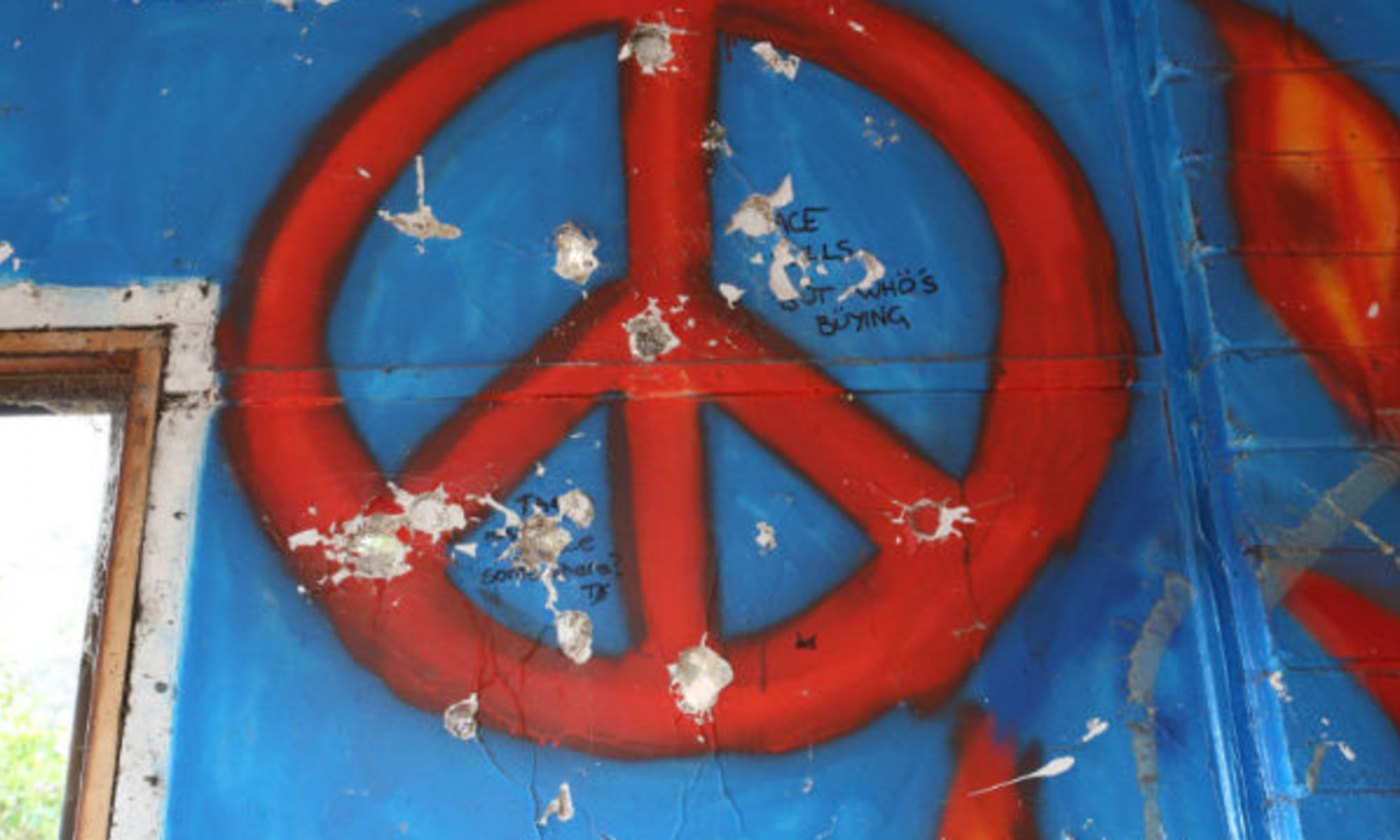By Terah Clifford
As an English major, I have always connected best with the world around me through the medium of stories. Interesting facts and faces are always easier for me to remember than people’s names, and my knowledge of many of my favorite time periods stems from avidly reading historical fiction as a child and teenager. During even the longest lecture, personal anecdotes never fail to bring my attention back, and interactive case studies are always my favorite method of learning. The activity we participated in with Cité Soliel at its center proved to be no exception.

Watching the news and seeing trucks and planes of emergency supplies departing to bring aid to countries experiencing natural disasters gives some indication of the sheer scale required to bring humanitarian relief to areas in crisis, whether as a result of conflict or natural disasters. I am both fascinated and terrified by the logistical nightmare that these herculean efforts represent. Planning theoretical rebuilding projects in Haiti put the reality of forein aid in a whole new light. While growing up overseas has made me keenly aware of the necessity of being aware of cultural context, the lens of conflict sensitivity added a layer of depth to the process and made me examine the plan from so many angles. We approached the problem with the good intentions of economically empowering a community by creating jobs, but all of the good intentions in the world would not matter if our impact was negative. We had to consider how to equally distribute the jobs we were providing, which meant looking at geography, local gang affiliation, and gender empowerment, and myriad other factors. If we wanted to involve local gangs, we had to think about how to get them to cooperate not only with us, but with the members of rival gangs. How could we find a way to utilize their experience with the community as a resource while keeping the whole project from descending into violence. And this was just one part of the whole. There were so many other considerations that it was overwhelming, and this was just a hypothetical situation.
This activity reminded me of something I have been reflecting on throughout this entire week: how do you take action when you are surrounded by dilemmas? What do you do when every answer to a problem has only bad and worse answers? How do you decide to act? As Sarah Cechvala pointed out, sometimes you don’t. Sometimes if you can’t do it well, then you shouldn’t do it at all. Where then do you find the courage to push through the fear and help when you are terrified of making a mistake?

I took heart remembering what was shared during a discussion of values and morals and where those fit into a cultural context. While there is a time and a place to hold back and choose not to rock the boat, to work within the cultural confines of the present system, ultimately there comes a point where you have to intervene and make a stand for what you know is right. In order to do that, you have to know yourself, know your values, know your worldview, and make a decision knowing that there will be consequences. Mistakes do happen, haunting mistakes that time does not always change or heal. But recognizing when no action is worse than a wrong action is where the sometimes subtle art of discerning within peacebuilding is found. You must make peace with your own values before you can bring peace anywhere else.


